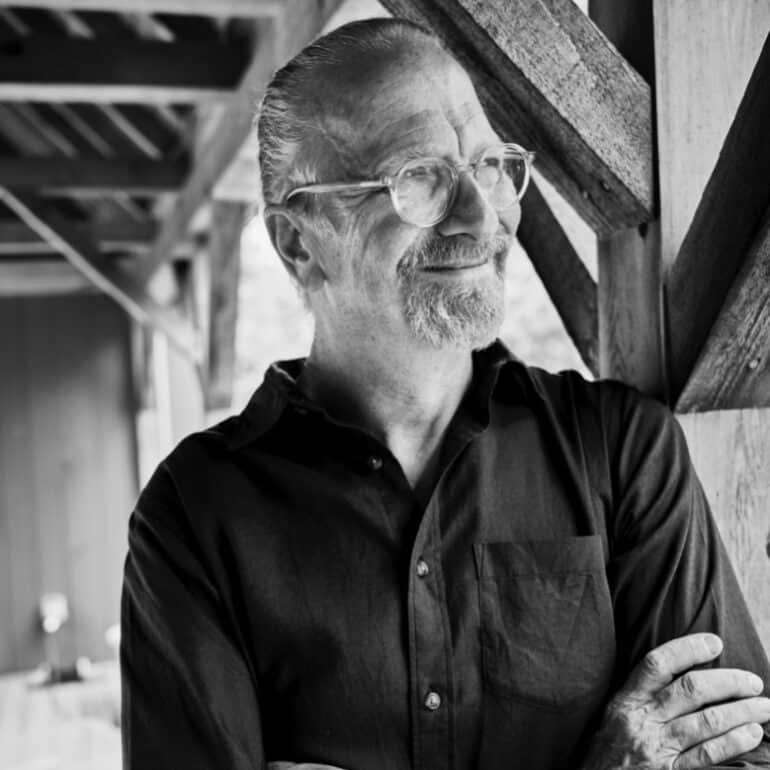Helping his family on the farm as a kid inspired Fairfield, CT- based chef, restaurateur, author and food equity advocate Michel Nischan to create farm-to-table meals long before the phrase was a mainstay on restaurant menus. Now, the four-time James Beard Award winner and leader in the local, organic and sustainable food movement devotes his personal and philanthropic life to encouraging systemic change so those in need get fair and equita- ble access to wholesome food.
The distinction between food security and nutrition security is a critical one to Nischan. “Someone can have access to SNAP benefits and have access to a food pantry and be food secure—but still not get enough nutritious food to avoid disease,” he says. “Food insecurity is when someone doesn’t have access to enough food. Nutrition insecurity is about people not being able to afford and eat the right foods they need to stay healthy—like fruits and vege- tables.” The eye-opening reality of how intertwined diet and dis- ease really are led him to co-found the non-profit organization, Wholesome Wave, in 2007.
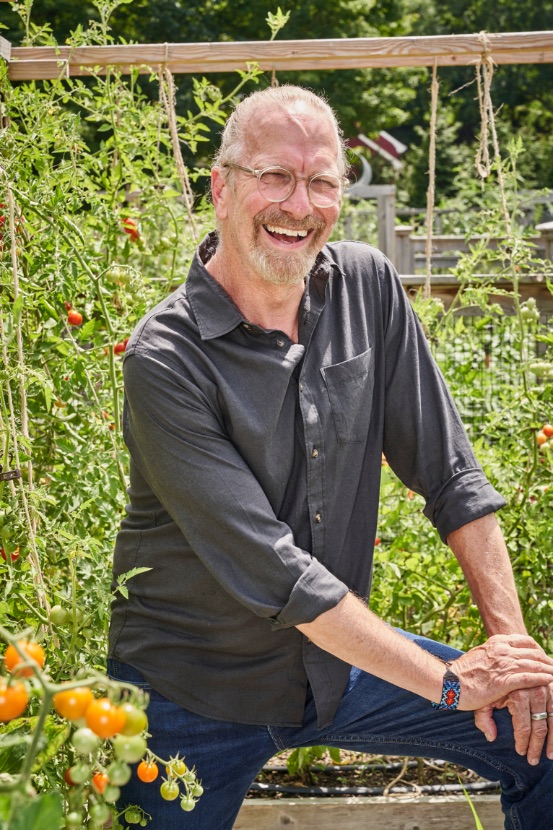
Now in its 15th year, Wholesome Wave continues to partner with community-based organizations, managed-care groups, and government institutions to co-design programs that work at the local level. “It’s about people having the kind of diet that promotes good health and prevents disease,” Nischan says.
The tireless food champion explains to Serendipity how easy and inexpensive it can be to eat well, how we can all make healthy changes to our diet, and what he misses most about being a full time chef. Take a seat at his table!
What inspired you to found Wholesome Wave?
My son Chris was diagnosed with type 1 diabetes at age 5. We had to change our food strategy at home, which we could do because I was a chef. So as challenging as it was, we had the resources to deal with his condition. I was introduced to the Har- vard School of Public Health and other think tanks and learned about food-insecure families that struggle at the poverty level and below that can’t even afford an apple for a snack for their kids. Instead, it’s things like chips for snacks, and instant noodles and rice for meals. Realizing there were tens of millions of people in America struggling with type 2 diabetes (the preventable form) that lacked the income, resources, and access to information to be able to do something about it caused me not to be able to sleep at night. That energy led to the founding of Wholesome Wave.
Can you tell us about your work with Paul Newman?
Do you have 10 years? Working with Paul was one of the most amazing, humbling and soul-enriching experiences of my life. When I told him about the idea for Wholesome Wave—how we wanted to double SNAP (Food Stamps) for fruits and vegetables at farmers’ markets, but it was illegal at the time—he said, “It’s illegal? Let’s go for it!” Newman’s Own Foundation became our founding funder along with the Betsy and Jesse Fink Foundation.
“You can eat so much better and have an impact on your personal health and the health of the planet tomorrow and it won’t cost you anything except changing your habits.”
And working with Michelle Obama?
Michelle Obama was truly visionary. Her work to improve the lives of children and families through Let’s Move! was inspiring and transformational. Our SNAP Doubling program was featured in her policy recommendation playbook to end childhood obesity, and she invited me to be a judge for the White House Healthy Lunchtime Challenge. The challenge brought together kids from all 50 states and the four territories to create healthy, culturally relevant recipes that could inspire how we might re-think school food. It’s rare to find a citizen or a leader who truly devotes every ounce of their being to improving the world and the lives of others.
What’s the most pressing issue in food and agriculture that you’d like to see solved?
The food system we have now was originally designed behind the miracle of processed food, how long it could last, and how it could be stockpiled. There was a notion that if we could store “fresh” food for 10 years we could possibly end hunger in the world. The intentions of the design were good but it wasn’t long before we realized the impact of highly processed carbohydrates on human health and conventional agriculture on the environment. Now that we know the reality, we need to do something about it. There are opportunities to take a look at reimagining the types of incentives and public/private sector approaches that could provide affordable, healthy food in a secure and stable way. We need to incentivize the production and distribution and education around healthier food so we can once again become a vibrant nation.
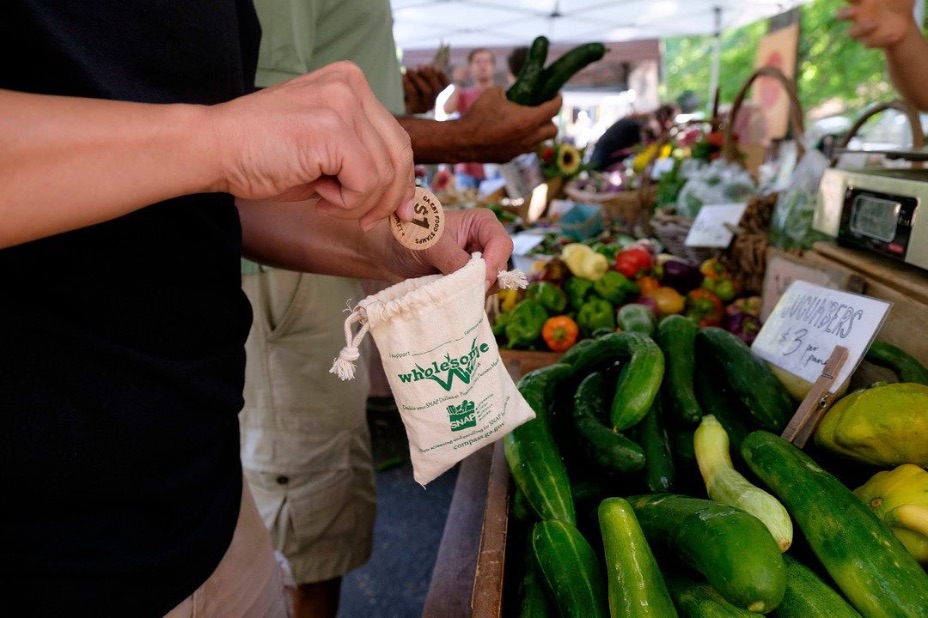
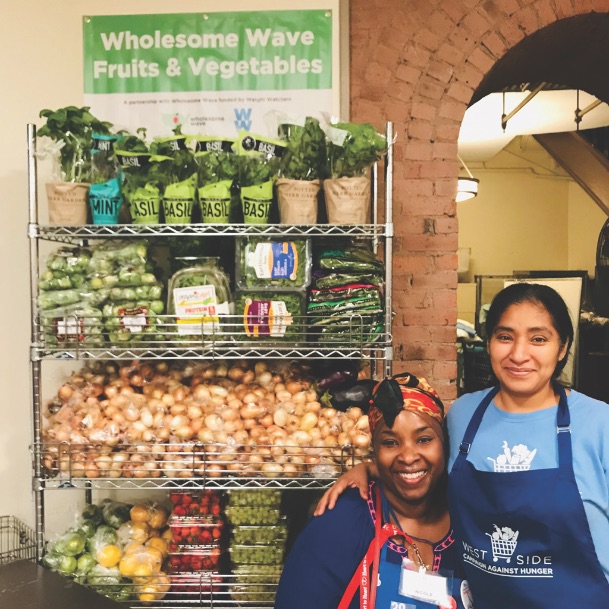
Donating and following the organization’s advocacy work on social media are two ways to get involved and help, says Nischan.
What is one small change every person can make in their daily lives to make a big difference in their health and in the environment?
Eat more fruits, vegetables, legumes, whole grains, and fewer animals. These items are less expensive than animal-based proteins. It’s one of the changes that everyone can afford to make. You can eat so much better and have an impact on your personal health and the health of the planet tomorrow and it won’t cost you anything except changing your habits. Our current eating culture relies far too heavily on animal-based proteins, which are the most environmentally intensive things to produce in high volumes.
What are some simple, inexpensive and healthy meals to make?
In the morning I’ll toast a piece of whole-grain bread with but- ter, eat an apple and a handful of blueberries or blackberries and I’m done. I have all the nutrients I need and it’s not difficult or time-consuming. One of my favorite things to do is work with a variety of whole grains like quinoa, farro, whole brown rice, and black barley that can be simmered with a little bit of salt, pepper, shallots and garlic. It’s simple to cook enough for an entire week and just pull it out to make additional meals. When you put whole grains and legumes together you get a complete protein. From that base, I make stir fries, pilaf, risotto-style dishes, add stock, tomato purées, and simply sautéed veggies with legumes and grains.
When did you first get interested in food?
I grew up in a farming family, which is how I learned how to cook. My grandfather had hogs, goats, chickens, root crop melons and sweet corn. My brother, cousins and I went down every year to work the farm. It’s where I learned how to cure, butcher, cook, pickle and can—all of those things were normal parts of life in my family. I know how hard the farming work is, but I also know how good the food is!
You have worked as a professional chef at esteemed restaurants The Dressing Room, Tribeca Grill, Miche Mache, and Heartbeat, among others. Do you miss cooking full time?
I do. In the beginning, I didn’t miss it because I threw myself into Wholesome Wave. But I miss our teams, the smells in the kitchen, and engaging with customers who became our friends. My menus always evolved based on how my customers reacted to the initial concept I put in front of them. The dishes always get better when you listen to your staff, and your customers, and get different points of view. It’s a genuine form of hospitality to listen and make adjustments and get to a place where everyone is happy.
What was the genesis for starting the Westport Farmers Market in 2006?
When Paul and I were first talking about opening The Dressing Room, he asked how we were going to buy from local farmers with- out having to pick up the food ourselves, because he knew a lot of farmers would not be able to deliver to us. I said to him, “Let’s just open the farmers market in our parking lot every Thursday, and we’ll have local food right outside our door.” Paul immediately wanted it to be a place where the community could gather, a place to restore a true sense of neighborliness. And it has!
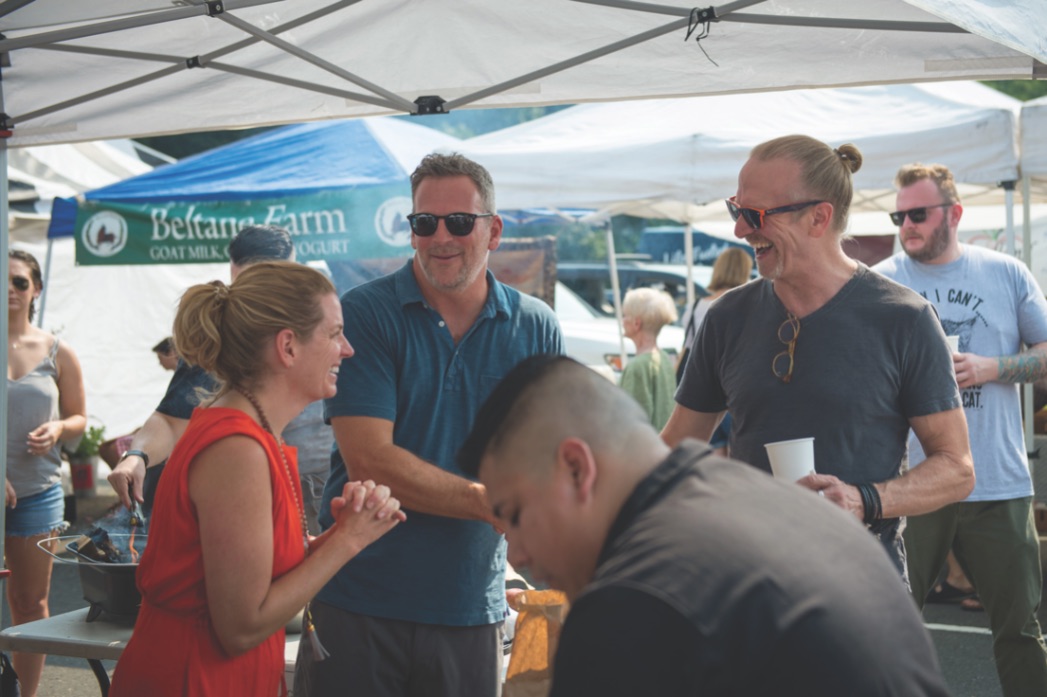
What’s ahead for you?
I’m back in the food business with Wholesome Crave, which is a plant-based food company providing wholesome vegetable meal solutions for scaled food service environments, like universities, large employers like Bloomberg and Google, and hospitals. We don’t use artificial plant-based proteins, we just do vegetables. We’re starting with soup but will eventually make prepared entrées and sides. Similar to the Newman’s Own model, proceeds from Wholesome Crave help support the nutrition insecurity work of Wholesome Wave. It’s simple: Eat awesome plant-based food and help low-income community members get the fruits and vegetables they need to stay healthy.
